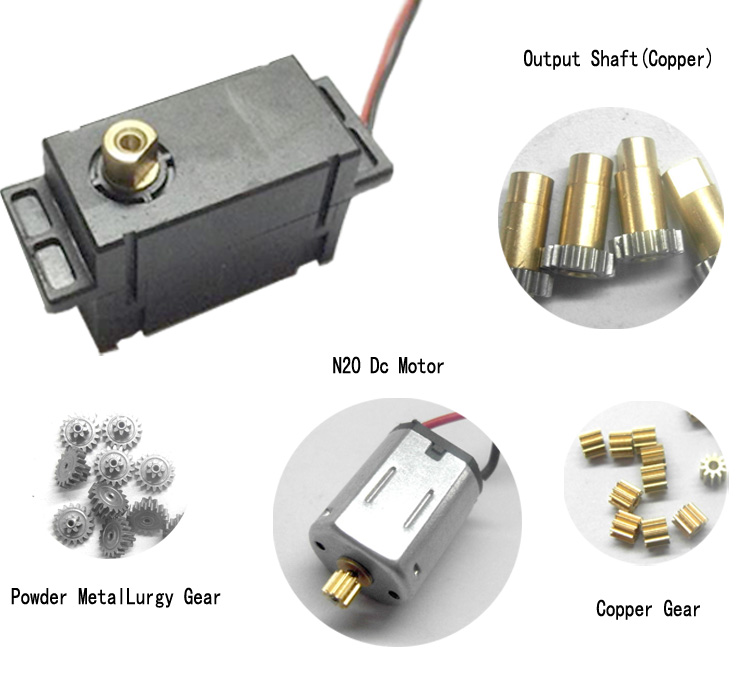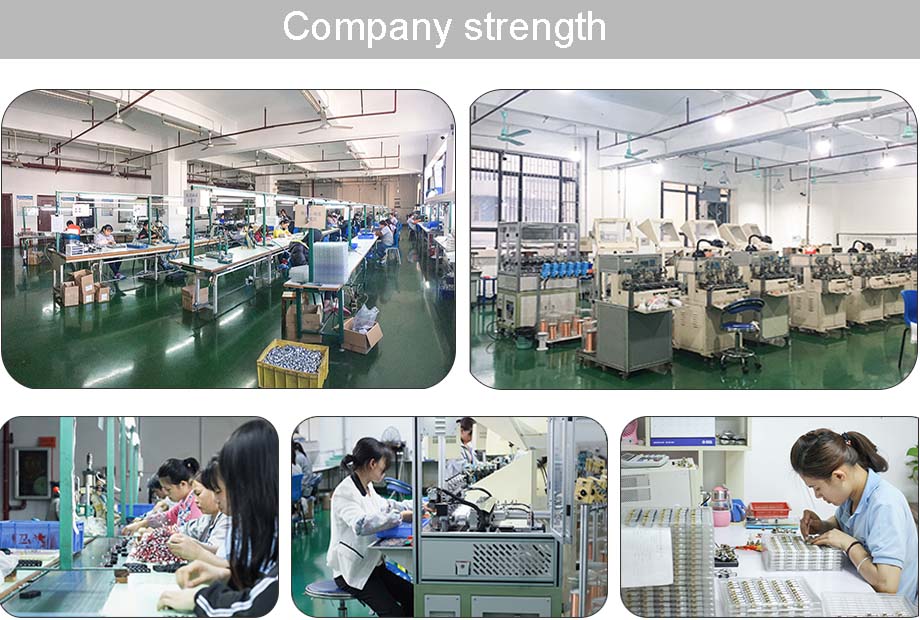In the past two years, LTE networks have begun to be deployed at home and abroad. LTE mobile backhaul networks have become the focus of attention and construction of major operators. Many standardization organizations and technical forums have explored various technical solutions for MBH (Mobile Backhaul). . At present, the mainstream technology solution for LTE MBH is L2VPN+L3VPN. The main product solutions include core layer L3PTN+ access aggregation layer L2PTN network and core aggregation layer IP/MPLS router + access layer L2 MPLS-TP or Ethernet switch (also in the industry) Said the program is IP RAN) two major categories. As a necessary and effective supplement to the mainstream solution, packet microwave technology plays an important role in LTE mobile backhaul, mainly addressing the application requirements of base station backhaul and hot area coverage in areas with difficult fiber deployment. Currently, packet microwave equipment is already in Europe. Applications in North America, Africa, Latin America, and the South Pacific are used in LTE mobile backhaul networks. This paper describes the packet microwave from five aspects: the technical advantages of packet microwave, the end access bearer of LTE base station, the complement of LTE mobile backhaul network access layer, the emergency communication of LTE service, and the prospect of E-Band packet microwave equipment. Application strategy of technology in LTE mobile backhaul network. First, the six technical advantages of packet microwave equipment help LTE mobile backhaul According to the difference of packet transmission technology, the packet microwave device can be divided into two types of device forms: PTN-based packet microwave and Ethernet-based packet microwave. According to the different microwave frequency bands, it can be divided into conventional frequency band equipment and E-Band equipment. The technical characteristics and advantages of the packet microwave device make it easy to deal with the LTE backhaul network requirements, which are embodied in the following six aspects: First, advanced capacity enhancement technology. The packet radio equipment in the conventional frequency band (6G~42GHz) can meet the network bandwidth requirement in the initial stage of LTE construction. The maximum system capacity supported by the device in the 56MHz IF bandwidth and 2048QAM modulation mode can reach 600Mbps. Through a variety of capacity enhancement technologies, such as XPIC (cross-polarization interference cancellation, Cross-polarization interference cancellation, Cross-polarization interference cancellation, multi-frequency bandwidth multiplication ODU binding technology, frame headers that can improve service encapsulation efficiency Compression technology can greatly improve the bandwidth of the microwave link; in addition, the packet microwave device can adaptively reduce the modulation mode according to the deterioration of weather conditions to ensure the transmission of high-priority services; the packet microwave device has a natural aspect in the adaptation of LTE bandwidth requirements. flexibility. Second, the large bandwidth transmission capability of E-Band microwave equipment. With the development of LTE, larger bandwidth is an inevitable requirement for mobile backhaul networks. The new generation of E-Band microwave equipment naturally has the ability to transmit large-capacity services. E-Band operates in the 71~76GHz or 81~86GHz frequency band and provides programmable single-band spectrum resources up to 10GHz. The bandwidth can support 250MHz and 500MHz. The current modulation mode can support up to 64QAM. Due to the higher operating frequency band and wider IF bandwidth, E-Band packet microwave equipment can achieve 2.5Gbps single-frequency point capacity in 500M IF bandwidth and 64QAM modulation mode. The system capacity is doubled compared to conventional band grouped microwave devices. In the application scenario, E-Band microwave is more suitable for short-distance (usually less than 3km) large bandwidth dense coverage in urban areas. Third, a rich carrier-grade protection mechanism. In the case of the microwave link, the protection of the HSB (Hot Standby) is implemented by performing the hot backup of the IF unit and the ODU at both ends of the hops. The LAG protection of the GE interface is supported on the access link, and the STM is supported in part. The N interface device also provides the MSP protection function; the PTN packet microwave device has the same compatibility with the PTN device in the network side protection, perfectly matched, and supports the linear protection of the LSP. Some vendors support the ring network protection; the Ethernet packet microwave device has the network side protection aspect. It mainly supports Ethernet ring network protection; the perfect protection mechanism protects the LTE backhaul service for packet microwave devices. Fourth, multi-service bearer capability and rich QoS mechanism guarantee. Packet microwave equipment can provide point-to-point EP-Line and EVP-Line, multi-point to multi-point EP-LAN and EVP-LAN service types, and PTN packet microwave equipment and some Ethernet packet microwave equipment also support TDM services. The packet microwave device provides a more complete QoS mechanism: support for traffic classification and priority mapping, ingress CAR, 8-level queue priority scheduling (SP and SP+WFQ), and congestion control policy. Fifth, powerful OAM functions and business-oriented operation and maintenance management functions. Both PTN and Ethernet packet microwave devices support Ethernet service OAM and Ethernet access link OAM. The PTN packet microwave device also supports MPLS-TP OAM at the LSP and PW layers, and some vendors support LSP segment layer OAM. In order to improve the maintenance operation management function of the packet microwave device, some vendors' network management systems can provide end-to-end RF parameter setting and query, end-to-end service creation, microwave link fading reserve test, pseudo-random code test, and space sweep test. Features. Sixth, a more complete frequency and time synchronization technology. Both PTN and Ethernet packet microwave devices provide stable and reliable frequency synchronization. The PTN packet microwave device also supports high-precision time synchronization function to meet the mobile backhaul requirements of the TD-LTE base station.
Fingerprint Lock Motor introduction:
Basic security work, lock body responsible for the security door lock body responsible for opening and closing lock, the lock body Lock Motor is of crucial importance.
Functions: it is widely used in various intelligent locks, such as Shared bicycle lock, fingerprint lock, glass lock, safe lock, hotel lock, family lock, inductive smart lock, etc
Features:Fingerprint Lock Motoris based on micro precision reducer development, small intelligent micro precision reducer can do 10 mm in diameter, is widely used in safe, locks, smart locks, sensor intelligent lock;
This kind of motor has the characteristics of low noise, low energy consumption, small volume, light quality, high precision, large torque and durability
Method of use: the best stable in horizontal plane, installed on the Fingerprint Lock Motoroutput shaft parts, cannot use a hammer to knock, knock prone to press into the dc Fingerprint Lock Motor drive, may cause damage to internal components, and cannot be used in the case of blocked.
Operating temperature range:
lock motor should be used at a temperature of -10~60℃.
The figures stated in the catalog specifications are based on use at ordinary room temperature catalog specifications re based on use at ordinary room temperature (approximately20~25℃.
If a lock motor is used outside the prescribed temperature range,the grease on the gearhead area will become unable to function normally and the motor will become unable to start.Depending on the temperature conditions ,it may be possible to deal with them by changing the grease of the motor's parts.Please feel free to consult with us about this.
Storage temperature range:
Fingerprint Lock Motor should be stored ta a temperature of -15~65℃.
In case of storage outside this range,the grease on the gearhead area will become unable to function normally and the motor will become unable to start.
Service life:
â—Use with a load that exceeds the rated torque
â—Frequent starting
â—Momentary reversals of turning direction
â—Impact loads
â—Long-term continuous operation
â—Forced turning using the output shaft
â—Use in which the permitted overhang load or the permitted thrust load is exceeded
â—A pulse drive ,e.g.,a short break,counter electromotive force,PWM control
â—Use of a voltage that is nonstandard as regards the rated voltage
â—Use outside the prescribed temperature or relative-humidity range,or in a special environment.
â—Please consult with us about these or any other conditions of use that may apply,so that we can be sure that you select the most appropriate model.
when it come to volume production,we're a major player as well .each month,we rurn out 600000 units,all of which are compliant with the rohs directive.Have any questions or special needed, please contact us, we have the engineer group and best sales department to service to you
Looking forward to your inquiry. Welcome to our factory.
Fingerprint Lock Motor Fingerprint Lock Motor,Motor For Fingerprint Lock,Gear Motor For Fingerprint Lock,Dc Motor For Fingerprint Lock Shenzhen Shunchang Motor Co., LTD. , https://www.scgearmotor.com

